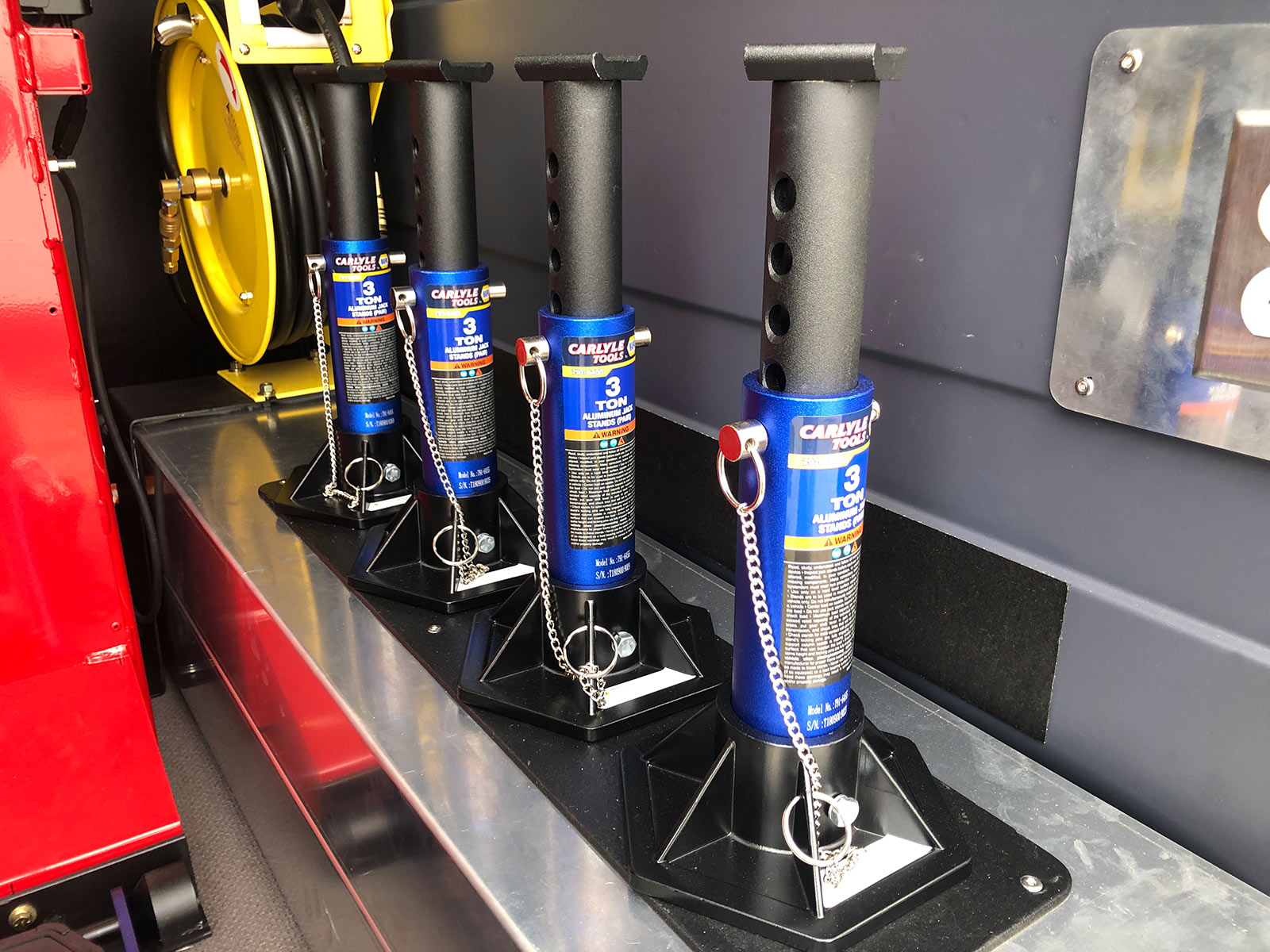Trustworthy Mobile Tire Change and Replacement in Las Vegas
Trustworthy Mobile Tire Change and Replacement in Las Vegas
Blog Article
Tire Solution: Proven Approaches for Optimum Tire Upkeep and Treatment
From guaranteeing appropriate tire pressure to regular rotation and placement, there are tested techniques that can considerably prolong the life-span of your tires and boost total driving experience. Let's delve right into the world of tire solution and uncover the tricks to keeping your tires in first-class form for the lengthy haul - Mobile Tire Service Las Vegas.
Relevance of Tire Pressure
Appropriate tire stress is a crucial consider making certain ideal car efficiency and safety and security when driving. Keeping the recommended tire stress degrees offered by the producer supplies various benefits. First of all, ample tire stress advertises far better gas effectiveness, as under-inflated tires can lead to raised rolling resistance, triggering the engine to function more challenging and eat even more gas. Secondly, right tire pressure makes sure even tread wear, enhancing tire longevity and saving money in the lengthy run by postponing the requirement for premature substitutes. Furthermore, correctly pumped up tires add to improved handling and braking abilities, critical for safe driving in different road conditions. Over-inflated tires, on the other hand, can result in lowered traction and a harsher experience. On the other hand, under-inflated tires are prone to getting too hot, which can result in blowouts and accidents. Consistently adjusting and examining tire stress, especially soon trips, is a straightforward yet effective method to boost car performance, expand tire lifespan, and prioritize safety on the road.
Tire Rotation Guidelines
When taking into consideration tire rotation standards, it is vital to comprehend the relevance of this maintenance task in optimizing tire life expectancy and maintaining optimum lorry performance. Tire turning entails altering the setting of each tire on a lorry to guarantee even walk wear. Front tires often tend to put on quicker than back tires due to steering forces, making normal turning important for well balanced wear patterns. The recommended rotation pattern varies depending on whether a lorry is front-wheel, rear-wheel, all-wheel, or 4x4. Commonly, tires should be turned every 5,000 to 7,500 miles, or as suggested in the vehicle manual. Neglecting tire turning can lead to unequal wear, influencing handling, traction, and potentially compromising vehicle security. By adhering to proper turning standards, motorists can expand the life of their tires, boost gas efficiency, and improve general driving experience. Regular turning is a basic yet effective upkeep method that contributes considerably to tire durability and lorry performance.

Benefits of Wheel Placement
Ensuring correct wheel alignment after tire rotation is critical for preserving balanced wear patterns and taking full advantage of car efficiency. Additionally, correct wheel alignment assists to extend the lifespan of your tires. Misaligned wheels can cause uneven tire wear, leading to early tire substitute and enhanced maintenance prices.

Tire Tread Deepness Examine
Executing a regular evaluation of tire walk deepness is necessary for maintaining risk-free driving conditions and extending the life-span of your tires. The walk on your tires plays a vital role in providing traction, particularly in damp or slippery problems. To inspect your tire walk depth, you can make use of a step depth gauge or the cent test. The advised step deepness goes to the very least 2/32 of an inch. It is time to change your tires to make their explanation sure ideal efficiency and safety and security on the roadway if the step depth is listed below this threshold. Unequal tread wear can show issues with tire pressure, suspension, or alignment, highlighting the relevance of regular tread depth checks. Neglecting to monitor and maintain correct step depth can result in reduced hold, longer braking ranges, and an increased risk of hydroplaning. By integrating tire tread depth look into your regular upkeep schedule, you can drive with confidence recognizing that your tires are in top condition.
Seasonal Tire Examination
Seasonal tire evaluation is a fundamental facet of tire upkeep that guarantees tires are ready to face the obstacles posed by various weather condition problems. In preparation for winter, it is important to check the tire stress frequently as chilly temperatures can trigger tire stress to go down. By conducting regular seasonal tire assessments, chauffeurs can lengthen tire life expectancy, boost gas performance, and most importantly, visit the website ensure a safe driving experience in varying climate conditions.
Conclusion
Finally, maintaining proper tire stress, revolving tires routinely, straightening wheels properly, keeping track of step deepness, and conducting seasonal assessments are necessary practices for ideal tire treatment. By complying with these verified techniques, drivers can guarantee their tires last much longer, perform better, and add to overall vehicle security. It is vital to prioritize tire maintenance to prevent mishaps, improve fuel efficiency, and prolong the life expectancy of tires.
Appropriate tire pressure advertises much better fuel performance, as under-inflated tires can lead to boosted rolling resistance, triggering the engine to function more difficult and take in even more fuel.When considering tire turning guidelines, it is crucial to understand the importance of this maintenance task in maximizing tire life-span why not try these out and maintaining optimum car performance. Seasonal tire assessment is a fundamental facet of tire upkeep that makes certain tires are all set to encounter the challenges positioned by various climate problems. By performing routine seasonal tire assessments, chauffeurs can extend tire life-span, enhance fuel efficiency, and most importantly, make sure a secure driving experience in varying weather condition conditions.
In verdict, preserving proper tire stress, turning tires regularly, aligning wheels properly, checking tread depth, and carrying out seasonal evaluations are necessary techniques for ideal tire care.
Report this page